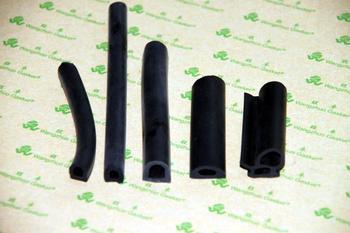
Privacy statement: Your privacy is very important to Us. Our company promises not to disclose your personal information to any external company with out your explicit permission.
Select Language
 The sealing material can be formulated into a liquid or paste during use, applied between the contact surfaces of the two parts, and cured under certain conditions or with a non-dry putty to seal; it can also be processed into various shapes of solid or Hollow rings are installed between the contact surfaces of the two parts to seal. The former claims that the sealing material is only used for the static sealing parts where the contact surfaces of the two parts do not move relative to each other; the latter means that the sealing parts can be used not only for static sealing parts but also for dynamic sealing parts where the contact surfaces of the two parts move relative to each other.
The sealing material can be formulated into a liquid or paste during use, applied between the contact surfaces of the two parts, and cured under certain conditions or with a non-dry putty to seal; it can also be processed into various shapes of solid or Hollow rings are installed between the contact surfaces of the two parts to seal. The former claims that the sealing material is only used for the static sealing parts where the contact surfaces of the two parts do not move relative to each other; the latter means that the sealing parts can be used not only for static sealing parts but also for dynamic sealing parts where the contact surfaces of the two parts move relative to each other. August 10, 2024
December 30, 2022
December 16, 2023
December 16, 2023
Envoyer à ce fournisseur
August 10, 2024
December 30, 2022
December 16, 2023
December 16, 2023

Privacy statement: Your privacy is very important to Us. Our company promises not to disclose your personal information to any external company with out your explicit permission.

Fill in more information so that we can get in touch with you faster
Privacy statement: Your privacy is very important to Us. Our company promises not to disclose your personal information to any external company with out your explicit permission.